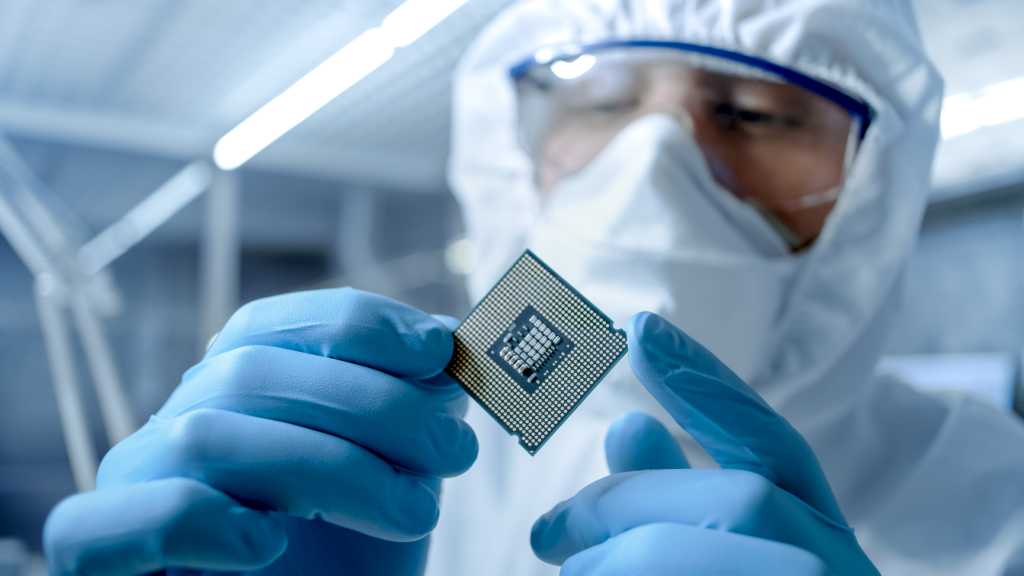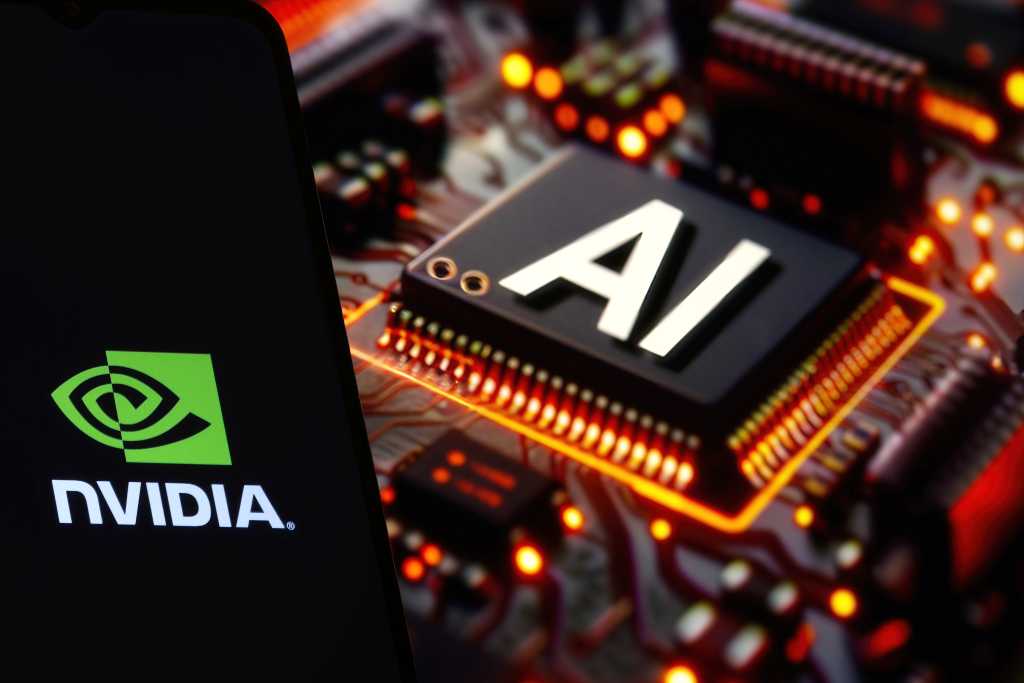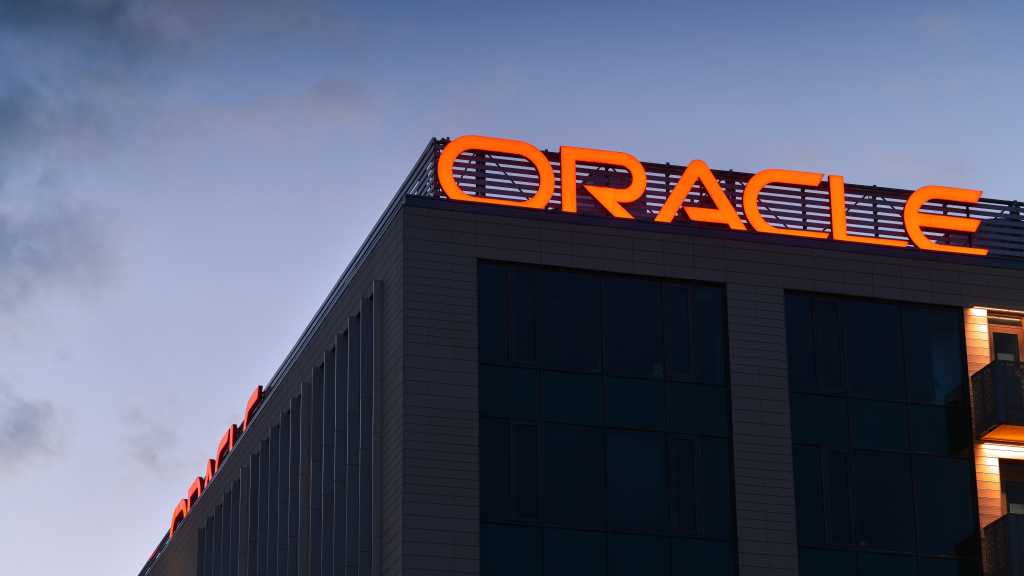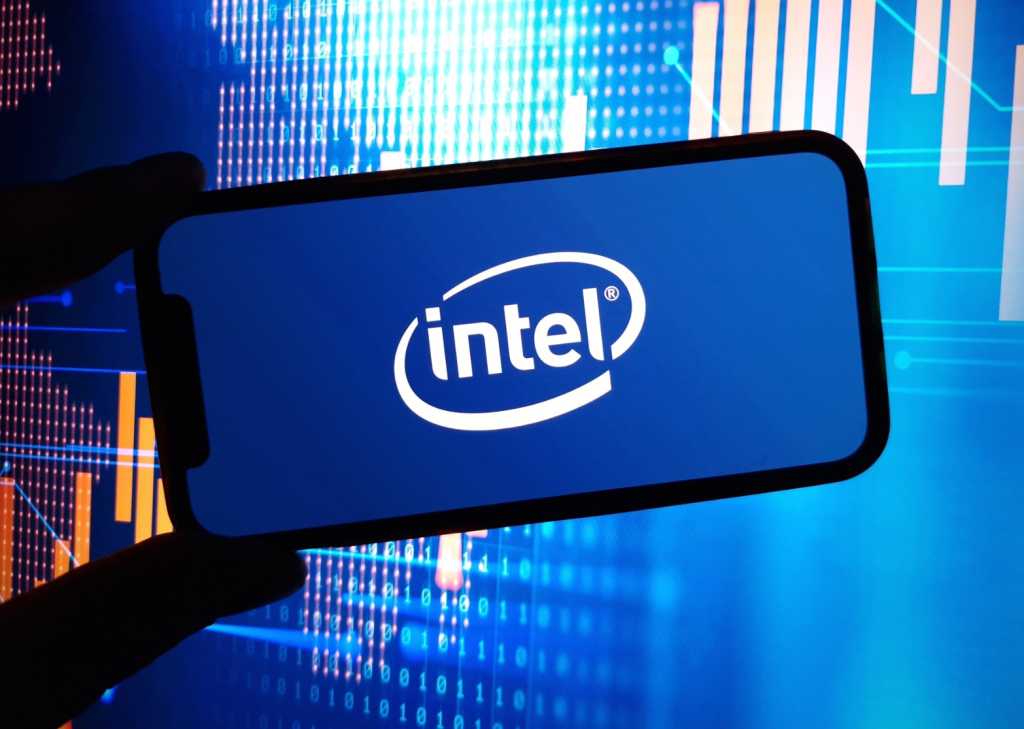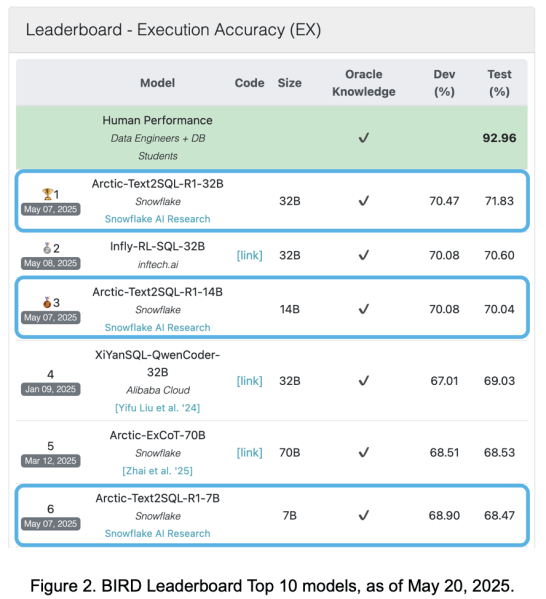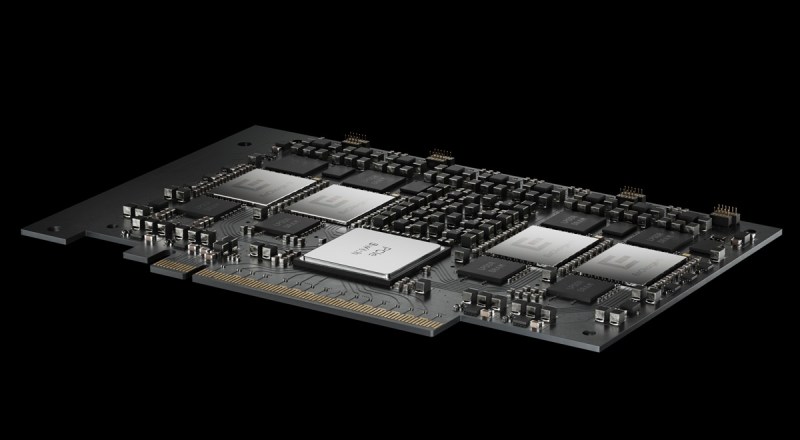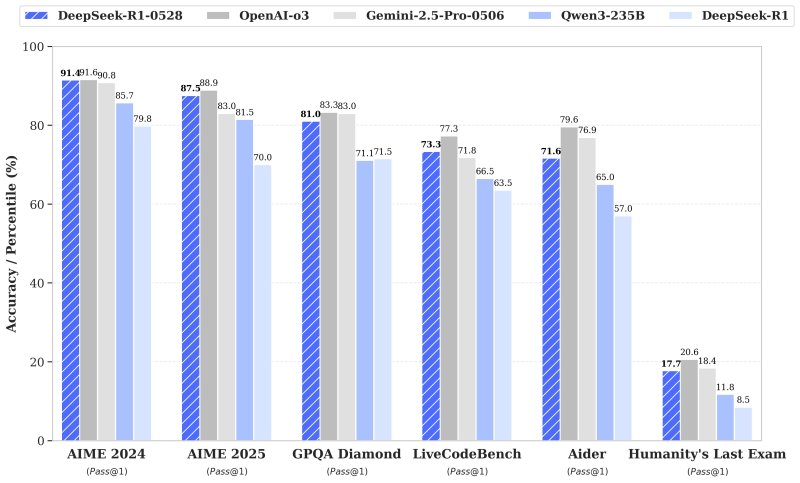Join our daily and weekly newsletters for the latest updates and exclusive content on industry-leading AI coverage. Learn More
Spott has raised $3.2 million in seed funding to build an AI-native platform that promises to transform how recruitment agencies operate. The San Francisco-based startup announced the funding round today, led by Base10 Partners with participation from Y Combinator, Fortino, True Equity, and several angel investors. The capital injection follows Spott’s recent completion of Y Combinator’s Winter 2025 accelerator program.
“For too long, recruitment firms have relied on outdated software to manage daily operations,” said Lander Degreve, co-founder and CEO at Spott, in an exclusive interview with VentureBeat. “Spott solves the problem of outdated, passive, and fragmented recruitment software by offering an all-in-one AI-native platform that actively automates entire workflows, enabling recruiters to focus on what matters most and make more placements.”
The recruitment technology space has seen a flood of point solutions in recent years, especially since generative AI tools began proliferating in 2022. However, most of these tools address single pain points rather than reimagining the entire recruitment workflow.
How Spott’s all-in-one AI platform challenges recruitment tech fragmentation
Unlike narrowly-focused AI tools that create more tech fragmentation, Spott is building a comprehensive operating system that manages everything from candidate sourcing and screening to placement. The platform already claims to have generated over 1,000 candidate reports for its customers, which include Stanton Chase, a global executive search firm.
“Existing recruitment software is largely a passive system of record, often requiring multiple integrations just to take notes, search & match candidates, run outbound campaigns or reformat CVs,” said Degreve. “As AI enters the space, the number of disconnected point solutions is only increasing. Spott brings all these capabilities, including cutting-edge AI, together in one end-to-end recruitment platform by default.”
The company’s approach addresses a pain point many recruitment firms face: the necessity to cobble together multiple systems to handle different aspects of their workflow — separate tools for candidate tracking, client management, email automation, resume parsing, and formatting.
This technical integration challenge represents a significant market opportunity. As recruitment agencies increasingly adopt AI tools, the pain of managing disconnected solutions grows more acute. Spott’s integrated approach could potentially capture significant market share if it successfully delivers on its promise of seamless workflow automation.
“We’ve been using the report writer a lot, and the results are already very good thanks to the way the system handles the data,” Degreve cited from customer feedback. “It’s also helpful that we can review the output and make small changes with AI ourselves and instantly see how that improves the results.”
From McKinsey to startup: The strategic vision behind Spott’s AI platform
The founders’ background brings a unique perspective to the recruitment technology space. Degreve and his co-founder Manu Vanderveeren previously worked at elite consulting firms McKinsey, BCG, and Bain, where they gained strategic insight into the recruitment industry’s challenges from a business perspective rather than just a technical one.
“The idea for Spott emerged during our time at McKinsey and BCG, where we worked on strategy and due diligence projects for recruitment agencies focused on growth,” explained Degreve. “It became clear to us that AI would be the key growth driver and differentiator in the industry. To truly unlock AI’s full potential, the entire recruitment platform needs to be rebuilt from the ground up.”
This consulting background appears to have influenced Spott’s ambitious approach. Rather than creating yet another point solution, the team is pursuing what venture capitalists often call a “platform play” — a higher-risk, higher-reward strategy that aims to become the central operating system for an entire industry.
“Building the system of record is much more complex than launching a single point solution. It requires greater effort to build and sell, as clients need to migrate to a new platform,” Degreve acknowledged. “However, we believe the only way to fully unlock AI’s potential in recruitment is to rebuild the entire system from the ground up.”
This strategic vision may explain why investors like Base10 Partners and Y Combinator have backed the company despite the crowded recruitment technology market — they’re betting on a comprehensive reimagining of the space rather than an incremental improvement.
Why AI adoption in recruitment has failed to deliver on its promise
Industry analysts have long identified the recruitment sector as ideal for AI transformation. With its heavy reliance on pattern matching, data processing, and repetitive communications, many recruitment tasks align perfectly with AI’s strengths. Yet the industry has been surprisingly slow to see widespread transformation from AI technologies.
The problem isn’t a lack of AI tools — it’s their fragmentation and failure to integrate deeply into recruiters’ existing workflows. Many recruiters report “tool fatigue” from juggling multiple AI solutions alongside their core applicant tracking systems. This complexity often negates the time savings these tools promise.
“The most exciting AI feature in Spott is its advanced candidate and vacancy matching. By deeply understanding all your data — vacancies, AI-generated notes, emails, LinkedIn & WhatsApp messages and CVs — it can instantly surface the most relevant candidates,” Degreve said. “This boosts the value of your database and can significantly shorten time to hire, especially when combined with automated outreach.”
What’s notable about Spott’s approach is that it doesn’t treat AI as an add-on feature but as the core architecture of the platform. This “AI-native” design philosophy potentially allows for deeper integration of machine learning throughout the entire recruitment process rather than just at specific touchpoints.
Early customer Pauwels Solutions Group reports that the platform “automatically formats CVs and generates tailor-made presentations in our own template, which saves a lot of time and manual work.” With its 100% contract renewal rate to date, Spott appears to be delivering on its promises — though the sample size remains small at this early stage.
The future of recruitment: Agentic workflows and the changing recruiter role
With the new funding, Spott plans to accelerate development of what may be its most ambitious feature: “agentic workflows” — AI agents that can take over entire processes within the recruitment lifecycle with minimal human supervision.
“Over the next 6 to 12 months, our main focus is on building intuitive agentic workflows. These AI agents will support recruiters by gradually taking over workflows like sourcing, outreach, scheduling, and presenting candidates,” Degreve explained. “Human input will be used where it matters most and will help the agents learn and improve over time.”
This vision represents a significant shift in how recruitment professionals might work in the future. Rather than spending hours on administrative tasks, formatting resumes, or searching databases, recruiters could potentially focus almost exclusively on relationship-building and closing placements.
“Over the next few years, Spott envisions a major shift in recruitment that will redefine the role of the recruiter,” said Degreve. “As AI automates repetitive tasks, straightforward roles will increasingly be handled fully autonomously. In more complex searches, the recruiter’s focus will shift toward building strong relationships with candidates and clients, understanding culture fit, navigating nuanced negotiations, and addressing challenges that require human judgment.”
This vision aligns with broader trends in AI adoption across professional services. The most successful implementations don’t replace professionals entirely but instead elevate their work by handling routine tasks while enabling humans to focus on high-value judgment and relationship activities. For recruitment firms feeling the squeeze of tight margins and increasing competition, this proposition is particularly compelling.
The true test will come as Spott scales its platform and attempts to displace entrenched competitors in an industry known for its resistance to technological change. But with fresh funding and a clear vision, Spott has positioned itself as a contender to watch in the evolving recruitment technology landscape.
Daily insights on business use cases with VB Daily
If you want to impress your boss, VB Daily has you covered. We give you the inside scoop on what companies are doing with generative AI, from regulatory shifts to practical deployments, so you can share insights for maximum ROI.
Read our Privacy Policy
Thanks for subscribing. Check out more VB newsletters here.
An error occured.



